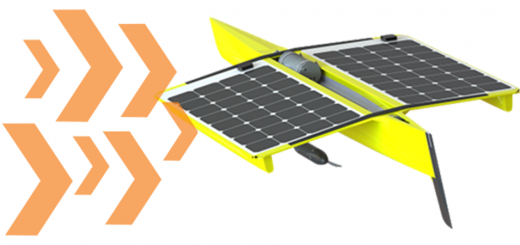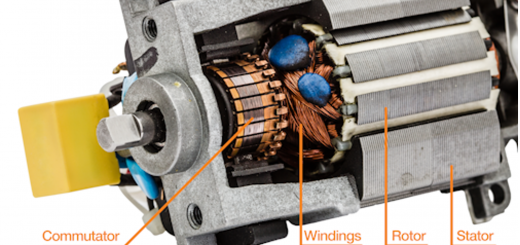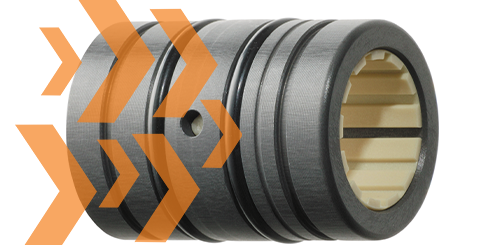DIY 3D printer components that will improve your design
By Jared Worth
Among 3D printing enthusiasts and hobbyists, DIY 3D printer builds are common. DIY builds often cost less than comparable prebuilt options and can be customized to meet a user’s specific needs. However, finding all the components for a DIY build can be tricky if you’re not looking to buy a kit. Read on to learn how many igus® components can be used in DIY 3D printers and the benefits of choosing igus components for your build.
Considerations when choosing between a prebuilt or DIY 3D printer
Any investment into a 3D printer, whether prebuilt or DIY, can be expensive. However, building from scratch or from a kit are both less expensive than prebuilt, which can average about $700 for a mid-level hobbyist printer. The difference between a DIY kit and a prebuilt version of the same model of printer can be upwards of $150, making DIY the easy choice based solely on price.
Convenience is another factor in choosing how to approach 3D printing. Buying a prebuilt printer is obviously going to be the simplest method, as the printer will be ready to go out of the box. DIY alternatives not only will require assembly, but if there are issues or malfunctions then time needs to be spent troubleshooting and repairing. This is less likely when using a kit since an instruction manual is provided, but someone building from scratch don’t have that luxury. As a result, those brand new to 3D printing are often told to start with a DIY kit and slowly branch out into building from scratch.
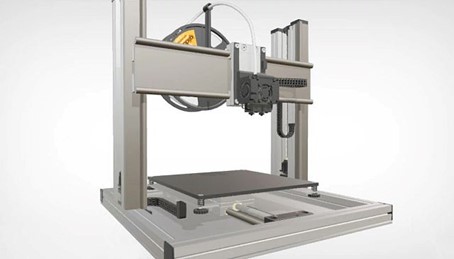
For those who want to gain an in-depth understanding of 3D printers and how each individual component works, building from scratch is the best way of doing so. Since there are no manuals or instructions for these builds, extensive research into componentry is required and much more time will be spent actually building and troubleshooting the printer. While this can be difficult and prove too much of a hassle for many newcomers, the knowledge gained is invaluable for devoted 3D printing enthusiasts.
Components for DIY 3D printers
Sourcing components for a DIY 3D printer build can be a challenge. Compatibility is a major concern, especially when combining components from various manufacturers. However, this doesn’t mean the process can’t be made easier. Many manufacturers — for example, igus® — offer a wide range of parts that can be used within a 3D printer, with proven compatibility across the board. Below is a list of components igus offers that are viable for 3D printer builds.
Note: The below list focuses explicitly on componentry for FDM printers.
Linear rails & carriages: drylin® linear rails and carriages are a lightweight, maintenance-free solution for many different 3D printer builds. Whether you need a single or double rail, or prefer linear rods, there are many different material options available, including carbon fiber as an ultra-lightweight option.
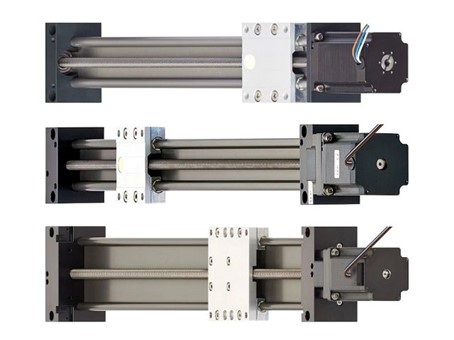
Linear actuators: The driving component in 3D printer applications, linear actuators are vital to the overall performance of a 3D printer. Lead screw driven actuators offer the best combination of price and performance versus ball screw actuators. drylin linear actuators offer the additional benefit of dry-running, maintenance-free operation that resists dirt and dust.
Motors & motor controllers: igus offers stepper motors with NEMA 17, 23 and 24 sizes ideal for 3D printers. A number of different motor controllers are also available that offer a simple and intuitive UI for easy setup without the need to download any software. An online simulator is available to try out drylin motor controllers before purchasing.
Cables: Powering your 3D printer will of course require cables, but more specifically cables that can handle continuous movement. chainflex® cables are designed specifically for continuous motion, and offer an up to 36-month UL-verified service life guarantee. Cable requirements vary between applications, but with nearly 1,400 cable types for motor cables, sensor cables, data cables, ethernet cables and more, finding the perfect chainflex cable for your 3D printer is a cinch.
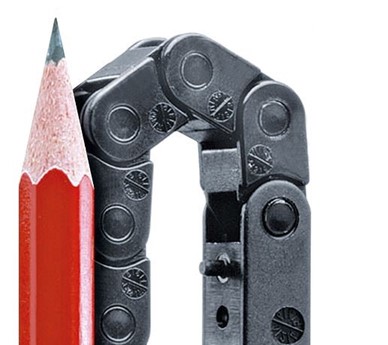
Cable carriers: Proper cable management is just as important as selecting the proper cables, regardless of the specific application. If cables get tangled or caught in other components they can get damaged and fail, requiring total replacement. e-chain® cable carriers from igus are a great solution for cable management in 3D printers, with an entire line of carriers designed for tight installation spaces. The E2 micro in particular is a popular option often recommended for use in 3D printers due to its low weight, compact form factor and simple cable filling.
Filament: Besides componentry, igus offers 10 different FDM filaments that are each made with wear-resistant, dry-running iglide® polymers. iglide filaments are up to 50 times more abrasion-resistant than standard filaments, making them a great option for functional components. They could even be used to print parts for other 3D printers, harkening back to the open-source RepRap printers from the early days of 3D printing.
Conclusion
While igus components don’t cover every single facet of building a DIY 3D printer — the print head, print bed and frame would need to be sourced elsewhere — the majority of your build can utilize igus products for reliable, long-lasting performance.
To learn more about igus products for 3D printers, visit our webpage. For application-specific questions, give us a call!

